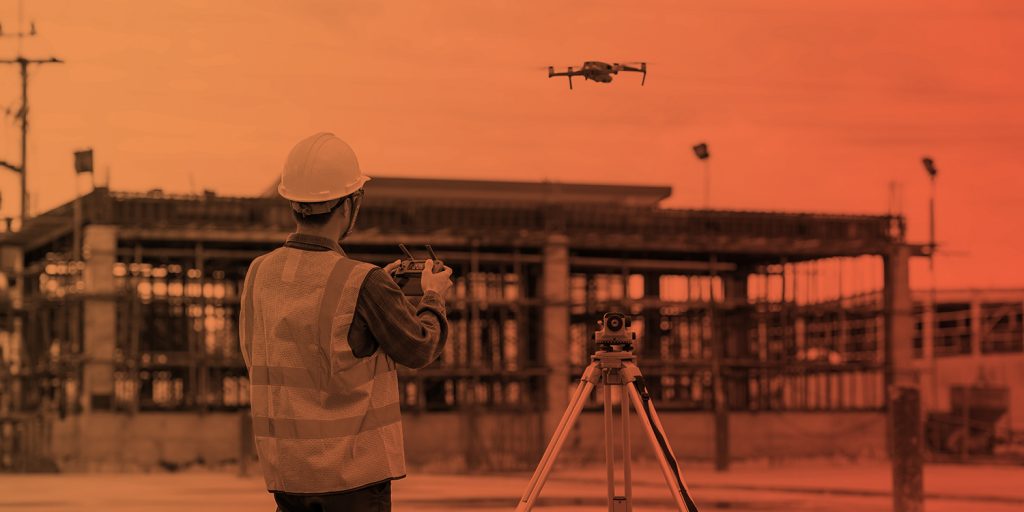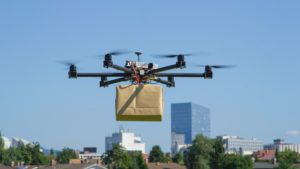This is part one of a four-part series, on drones and their liability implications, shining light on the insurance market, and how to navigate the noise, and ensure that your operation is covered for the appropriate risks. Part one focuses on the complexity of acquiring the correct drone liability insurance.
As drones continue to prove their worth to commercial enterprise, they are proving substantially more than just shiny, recreational toys – they are now creating real-world, actionable business insights, saving costs and providing new ways of attacking different problems. These benefits are fast being integrated within companies, large and small, across the world.
An example of an industry that has created some incredible insights is in construction. Drones can replace many dangerous jobs, reduce site mapping time, and create real-time images previously impossible. An industry with heavy-machinery, heights and other tangible dangers, drones not only cut costs and increase efficiency but also make construction much safer. Flying a drone on a construction site, however, is not without its risks. The challenge with mitigating these risks is that drones fall outside of standard construction liability. Furthermore, drones are considered aircraft and thus are regulated and litigated differently.
What does this mean for companies, construction and otherwise? Aviation law stipulates that liability binds directly to the aircraft, and thus the owner of the aircraft and the business is strictly liable for any third-party damage. This makes drone liability insurance a complicated matter. In the event of a third party claim due to an accident, standard public liability policies would simply not respond, as most public liability insurance policies exclude aviation-related exposures.
To someone with a hammer, everything looks like a nail.
Despite this fact, commercial public liability policies are being applied with drone endorsements attached on an ad hoc basis. Unfortunately, the underwriter holding the metaphorical hammer (the standard public liability insurance contract) is seeing a nail (drone liability) as a simple endorsement rather than a separate risk, leaving operators exposed to potentially substantial liability. Case in point, a judge in California recently denied the claim of a wedding photographer, whose CGL policy did not respond when a drone tragically took out the eye of a guest. How do you avoid this exposure? You avoid it by consulting the experts, be it an experienced aviation underwriter or broker, or by taking the time to educate yourself on the risks, and lastly, by ensuring that your insurance policy covers you specifically for your drone activities.
Drones, despite their ever-growing business application, from construction to mining and agriculture, are legally classified as aircraft. That means that they should be treated as separate from other assets, and attempts to add or endorse to standard public liability policies simply leave companies exposed to potentially substantial liability claims.
Concerned that you may not have the right insurances? Please feel free to reach out to us at connect@precision-autonomy.com. We’re more than happy to help.
Precision Autonomy is an Insurance Technology Company providing drone insurance in America. For a drone insurance quote, head over to our website here, and get your free quotation today.
Stay tuned for part 2 of our series on Managing Drone Liability risk, next week. Safe Flying!



